Organic farming is defined in the Australian National Standard for Organic and Biodynamic Products (National Standards) as ‘systems that include what is called biodynamics or biological.’ The basic principle is to produce high-quality food and get the maximum amount of food without using artificial fertilizers or synthetic chemicals. Let’s check out how to start organic farming in Australia
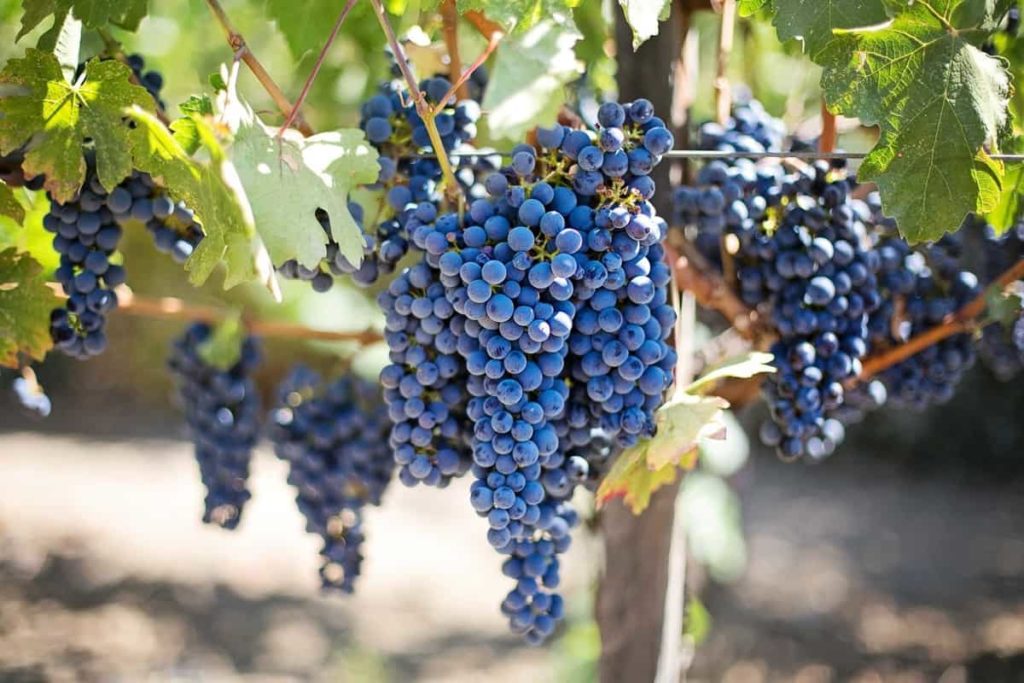
Organic farming requires nurturing and caring for the land for future generations. Emphasis is placed on using renewable resources, conserving energy, soil, and water resources, and maintaining environmental standards. With this standard’s limited use of external inputs allowed, the production cycle is as close as possible. The reason for the growth of the organic farming business is;
- Its health benefits, environmental benefits,
- Improved agricultural cycles,
- Reduced pesticide imports and other foreign fertilizers, and
- Increased employment generation
Consumer demand for chemical-free and environmentally high-quality products is growing in organic farming. Organic food and farming are now widely recognized as economically viable options to meet this demand. With a 25 percent annual increase in organic food retail sales domestically and globally, the market is growing faster than any other food and beverage industry sector.
The principle of care in organic agriculture encourages the relentless use of resources with future generations and nature in mind. The negative consequences of applied farming technologies should be carefully considered. Careful and timely risk management should control any decision-making. Although innovations may prove useful, followers of organic farming prefer traditional methods of farming that are time-accurate. They combine common sense, reliable knowledge, practical innovations, and pre-chemical local experience.
Choosing a site for organic farming in Australia
The location of your project plays an essential role in any project. The area of your organic farming usually decides how the effort will pay off. The selected sites should be close to clean water sources. Water is the most critical asset in organic farming for crop growth and health.
The proximity of the organic farming area to the commercial center adds an important dimension to farm management. The organic farm’s proximity to the market includes easy communication for sale. Similarly, it helps spare costs while delivering materials to the farm.
In case you missed it: Top 50 Flower Farming Tips, Ideas, and Techniques
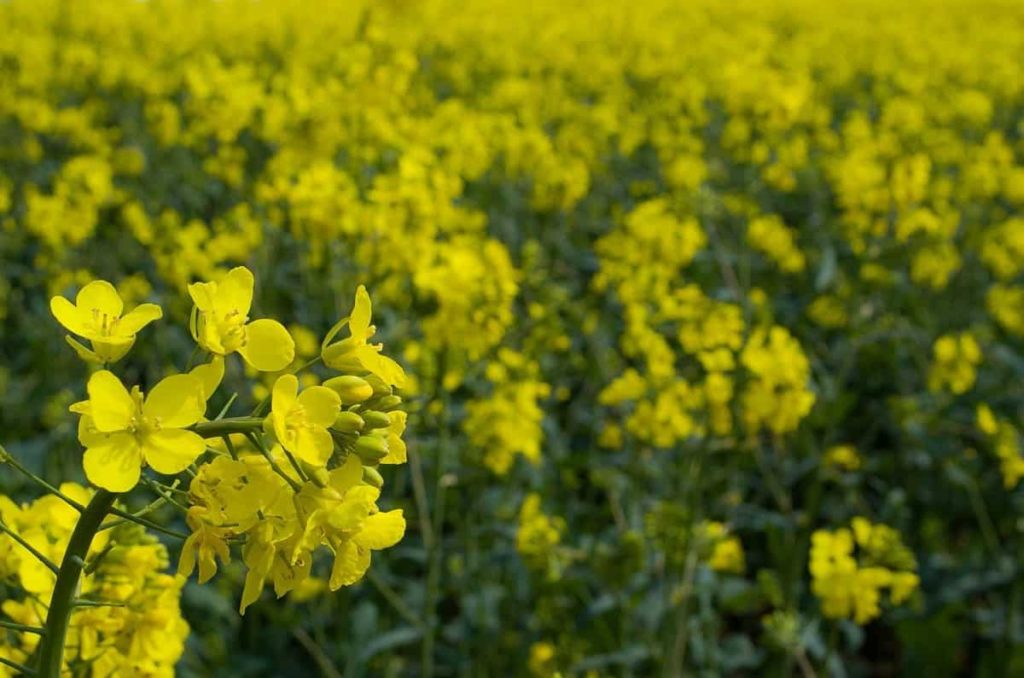
Soil management for organic farming in Australia
Healthy soil is an integral part of any farming system. In organic farming, an era of effective nutrition becomes even more important as producers can use only certain approved fertilizers. However, by properly managing inorganic elements and organic matter in their soil and ensuring adequate air and moisture, organic farmers can grow as healthy crops and pastures as any other farmer.
Many inorganic elements have permissible input on certified organic forms, and an extensive range of commercial compounds or single elements is available. Organic matter can be supplied to the soil through compost, green manure or cover crops, well-composted animal or poultry manure, or composted industrial waste free from unallowable contaminants.
Control of weeds, pests, and diseases for organic farming in Australia
Likely, weed and pest problems will already be identified from experience. It is often the case that dependence on agrochemicals, particularly, increases pest problems, exacerbated by the destruction of potentially beneficial predatory insect populations. Crop rotation is essential for pest control, and using natural predators to cultivate herbaceous plants should be encouraged. The use of plant sprays may be considered.
However, any chemical use by individuals seeking organic certification must be verified by organic standards or in consultation with a certification agency. Removing current agrochemicals to overcome problems such as weeds should now be used primarily through good circulation. However, planting density, stock grazing, and mechanical and thermal weed controls can also be used.
Equipment requirements for weed and pest control must be met at the transformation planning stage. Although organic farming is generally a low-input system, compost and mineral fertilizers are sometimes used in horticulture. These resources and biological preparations, such as seaweed sprays and fish emulsions, will help with crop nutrition and health.
Organic standards insist that all off-farm waste be composted before use to reduce contamination and convert nutrients into more acceptable forms. It is important to plan for the transfer to determine what information is needed and how it will be provided. Pest and disease management is achieved through proper circulation, cultural practices, increasing soil fertility, promoting biological control, and direct action with occasionally approved low-toxic pesticides.
A planned management program will help organic farmers control pests, diseases, and weeds without synthetic fertilizers. Active management and planning are essential to ensure that conventional farmers’ ‘last resort’ chemical control is not required on organic farms. Organic farmers have access to many management tools and methods, some of which are standard practice on any well-organized Australian farm; others are at the forefront of adopting traditional methods (pre-chemical) or new research and technology.
Good observation skills, willingness to experiment with new methods, and focus on local conditions, including internal variations within a paddock, are common characteristics of successful organic farmers. Management of weeds, pests, and diseases often poses the most problems for organic farmers, during the transition period and after establishing the organic system. Instead of replacing synthetic herbicides and pesticides with naturally occurring products, system design, and management is the key to success.
Methods of controlling weeds for organic farming include cultivation, competition, thermal weeding, solarization, crop selection, sowing density, fertilization, irrigation, hand weeding, suppression, mechanical control, crop rotation, surface mulching, livestock, and biological control. In some cases, natural herbicides such as acetic acid, pine, or citrus oil may be allowed.
In case you missed it: Top 20 Steps to Boost Rice Yield: How to Increase Paddy Production and Quality
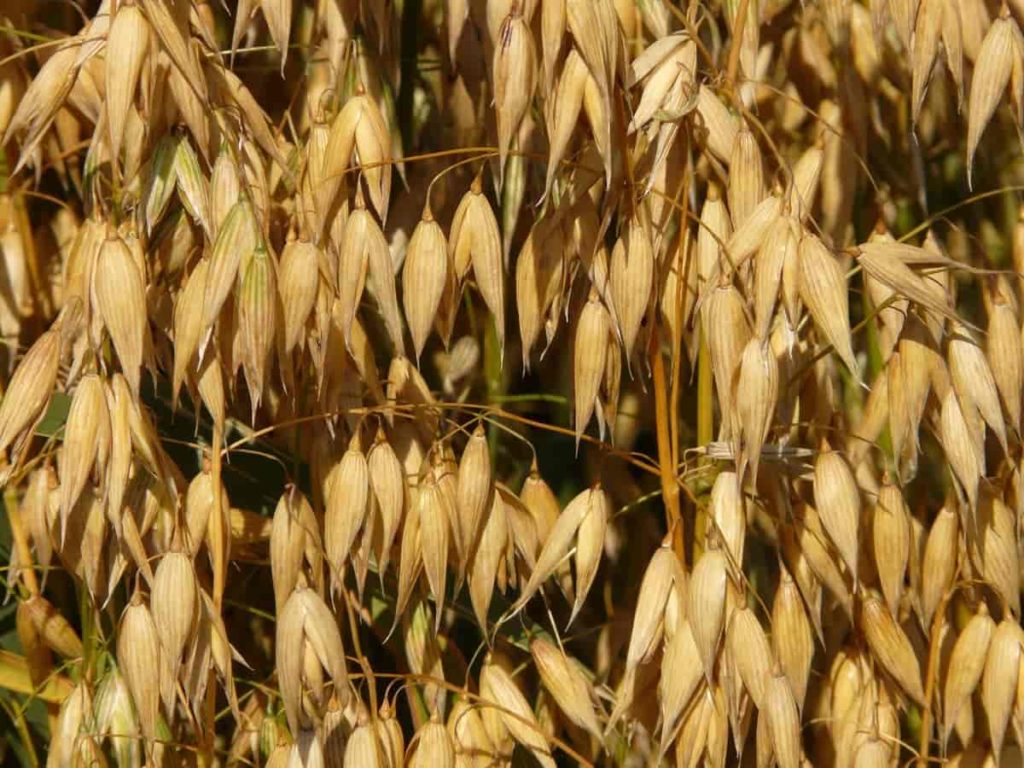
It is essential to reduce a load of weeds before production, and timely control of weeds when they are small is very important for effective management. Insects are always a major cause of concern on any farm. Organic farms deal with pests through manual pest control, whether planting crops that repel or obstruct certain types of pests or expelling certain pests or other species that minimize the spread of pests on farms.
Practices of organic farming in Australia
Soil fertility: Crops fight disease more easily, survive droughts, and tolerate pests when they grow in good soil. Organic crop growers add soil fertilizer, animal manure, or green manure to improve soil quality. As soil organisms break down these inputs, they convert nutrients into forms that plants can absorb and produce humus that maintains soil quality.
Organic producers should not apply sewage sludge or biosolids to the soil. In addition, organic crop growers use core crops to protect the land from wind and water erosion. Soil conservation methods include the use of cover crops, mulches, protection crops, contour plowing, and strip crops.
Crop rotation: Organic crop producers practice crop rotation to interrupt insect life cycles of organic crop-producing insects, suppress soil-borne plant diseases, prevent soil erosion, build organic matter, fix nitrogen, and enhance farm biodiversity. To effectively reduce pests and diseases, farmers usually bring one crop from another crop family, and then wait several years before replanting the initial crop.
This farming approach means covering the field with any plant for a particular season or perennial, partially between crop rows, or completely. Covering crops deal with soil erosion, improving water filtration and air with their roots. They also remove weeds from the upper parts by hiding unwanted plants from sunlight.
Intercropping – Many organic farms rely on the natural balance of crops and their environment to produce the best results. Intercropping refers to the interconnection of mutually beneficial crops. Crops can produce different results for the farm, from maximizing crop yields to pest management. Much of the success of an organic farm depends on careful planning and respect for the balance of nature.
Green manures – Mixing green plants with soil enriches them with organic matter, especially nitrogen. It also increases moisture levels and nutrients to microorganisms, thus improving soil quality. The described method of agriculture also reduces the growth of weeds.
The organic farming industry in Australia
The organic farming industry is encouraged by the shift in consumer preferences towards organic product consumption. Organic product demand in Australia and abroad has increased as consumers increasingly understand the effects of food choices on their health. Another important concern on the choice of organic consumption is the environmental impact because organic production is more environmentally friendly.
A mature organic industry in Australia that lowers the cost and enhances the quality of the supply of organic products helps make organic food accessible and popular. Another motivation for organic consumption growth in Australia is the high-end organic industry, driven by improvements in the supply chain, improved economies of scale, and higher growth in industry revenue, production, and investment.
In case you missed it: Top 22 Succulents to Grow at Home: in Pots, Indoors, Greenhouse, Problems, and Care
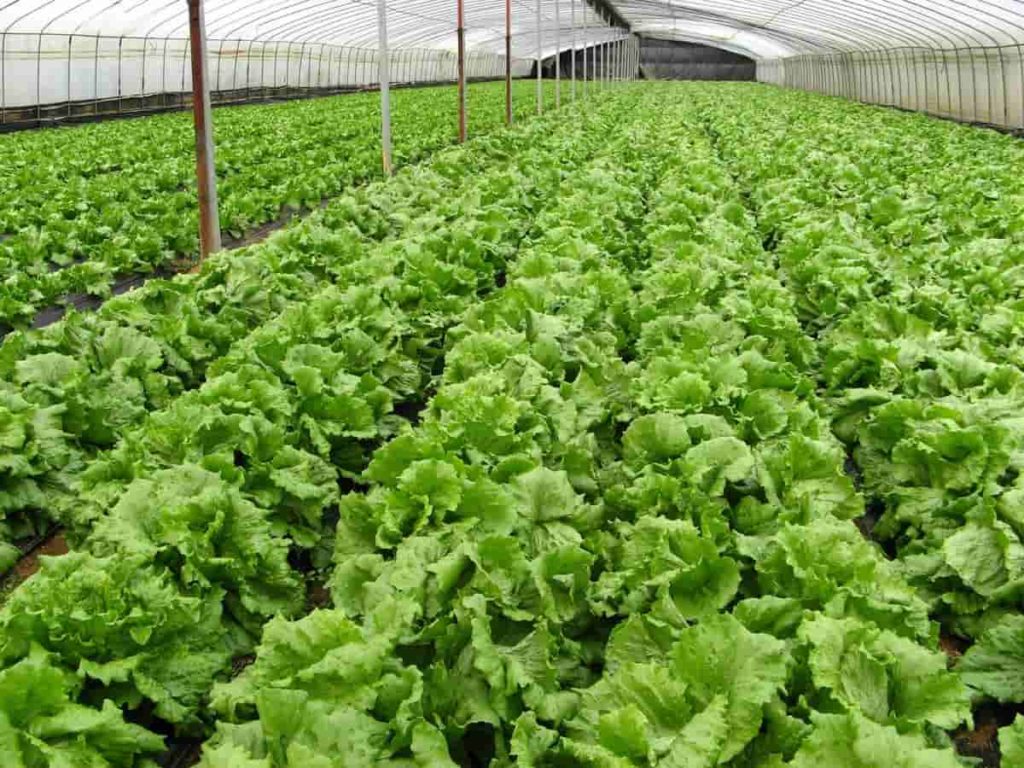
The availability of organic products in general supermarkets and specialty organic retailers is also responsible for this growth. In addition, competition in the industry increases, allowing consumers to enjoy quality products at lower prices. With the global advocacy of the healthy benefits of organic consumption and the growing preference for reliable products with organic certification marks, Australia’s organic industry is predicted to continue the rapid growth trend.
These factors open up huge growth prospects as Australia’s organic industry focuses on the sustainable development of certified organic production. Currently, the fastest-growing organic category in Australia is among the products that are popular in terms of high nutritional value.
Fertilizer management for organic farming in Australia
It is one of the most important aspects of organic farming. This process involves using the best nutrients to boost your crop growth. Using organic farming methods such as fertilizers, mulching, and biofertilizers will help promote healthy crop growth and soil fertility. Vermicomposting is another great way to introduce important nutrients naturally into the soil.
Because organic farms cannot use chemical fertilizers, they need to know how to fertilize themselves. An interesting way to accomplish this is to use cover crops and green manures. These crops are grown not to sell but to support the rest of the farm. Crops can be composted into organic fertilizer to promote soil health. Of course, other more common organic methods, such as fertilizer and mulching, are used to maximize soil fertility and crop yields.
Organic certification in Australia
Reasons for Organic Certification are:
- Protecting consumers from market fraud and deception.
- Protecting producers of natural organic produce from misrepresenting the organic nature of agricultural produce.
- Ensure that all production, processing, and marketing stages are subject to inspection and meet pre-determined requirements.
The organic standards used in Australia are usually owned and managed by private organizations. The paperwork required for certification is difficult for many farmers entering the organic industry. However the rewards of quality assurance and the fact that consumers easily recognize a product as being organic make it worth the effort.
The National Standard regulates the production and manufacturing of organic products in Australia for Organic and Biodynamic Production. It generally agrees with the definition of organic farming and is a guideline for processing Australian organic certification agencies to develop their own more specific standards.
An industry organization must be accredited by the Australian Quarantine and Inspection Service (AQIS) before certifying organic work. The organization must demonstrate that its certification program meets all national standard requirements. A certified certifying body must certify all organic products for production, processing, handling, transportation, storage, and sale. The two major certifying organizations are the Biological Farmers of Australia (BFA) and the National Association of Sustainable Agriculture, Australia (NASAA).
In case you missed it: Organic Pumpkin Farming, Cultivation Practices
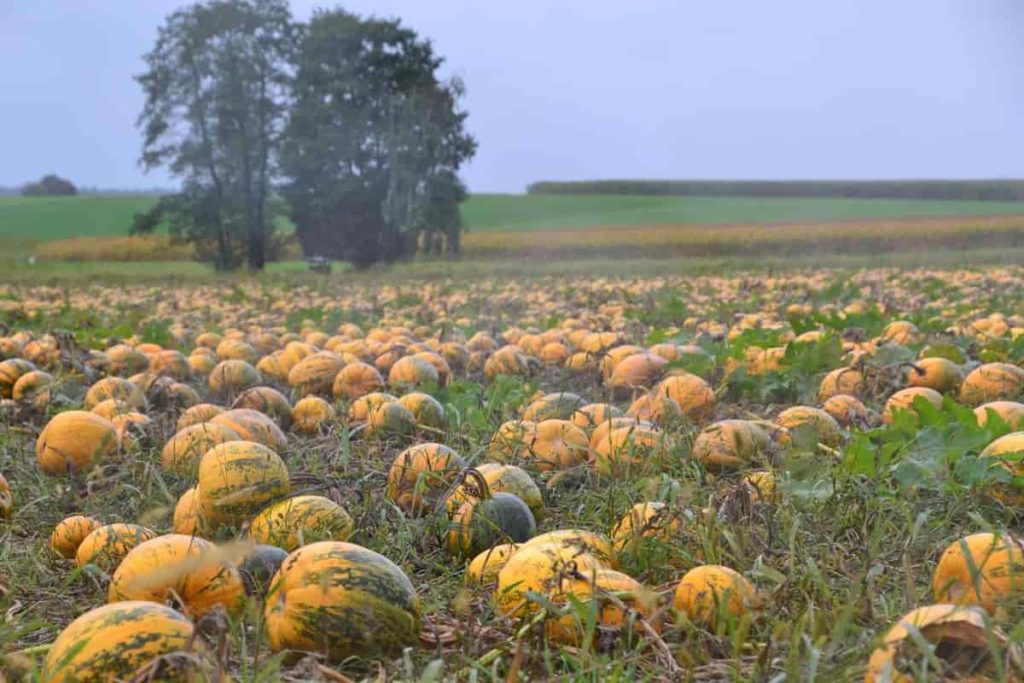
Certification bodies in Australia
- Aus–Qual is a relatively new certifier of organic products and products based on the QLD.
- The Australian Certified Organic is the largest certifier of organic produce and the most recognized by consumers. This logo may only appear on products that meet strict organic standards and are audited annually for compliance testing. While audits are scheduled, 5% of audits are unscheduled so that they can happen at any time.
- The National Association for Sustainable Agriculture, Australia Limited is the second oldest and second-largest. NASA certifies production as organic or biodynamic. Labels indicate that the product is either ‘Certified Organic’ or ‘Certified Conversion.’
Policies under Organic Farming in Australia
Government policy options generally relate to certification and market promotion, farm conversion stage, and research and development. Many countries also consider subsidizing established organic farms as a good investment, as the environmental costs are lower than the continuity of traditional management practices.
Organic food processing in Australia
The two main standards now govern Australia’s production, processing, and labeling of organic food. These are:
- National Standards for Organic and Biodynamic Production (for Exported Foods)
- Australian Standards for Organic and Biodynamic Products (Domestic and Imported Foods).
These organic standards provide an agreed set of procedures for complying with organic food production. It helps ensure the integrity and traceability of organic food products from paddock to plate. The standards include the requirements for the production, manufacture, transportation, marketing, and labeling of organic products in Australia.
Although exported organic products must be certified and meet national organic and biodynamic production standards, Australian standards (for domestic and imported foods) are not required, and certification is voluntary. It aims to help the Australian Competition and Consumer Commission (ACCC) ensure that claims about organic products are not false or misleading. ‘Organic certified production’ means that food is grown, harvested, stored, and transported without synthetic chemicals, irradiation or fumigants.
In case you missed it: Wheat Farming in the USA: By State and Production
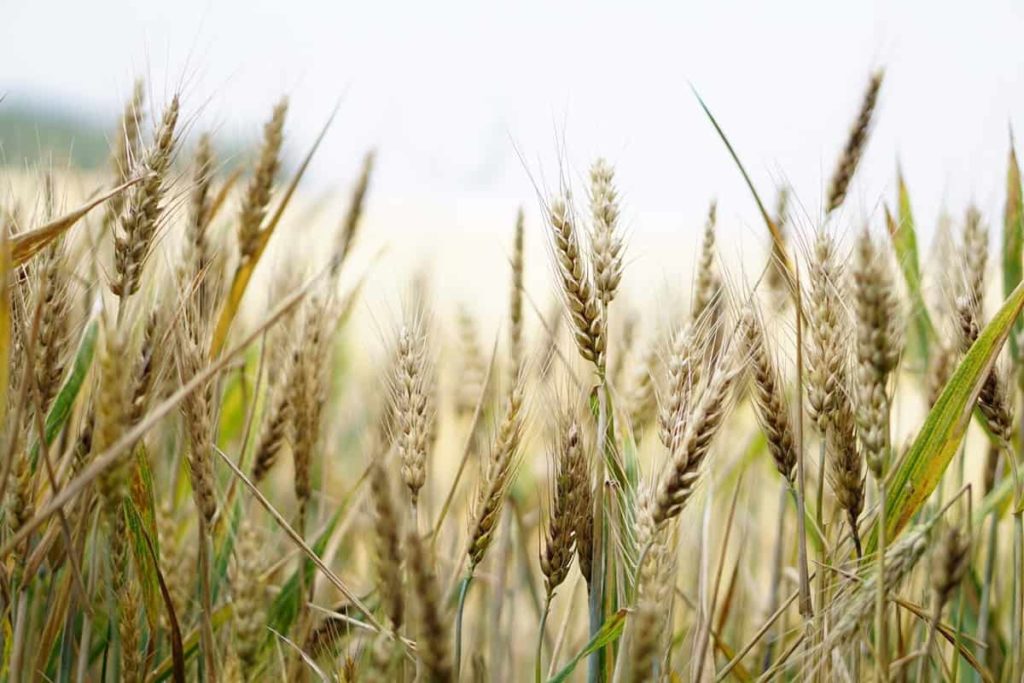
Conclusion
Australia has more certified organic hectares of land compared to any other country. It makes up 32% of the world’s total. Australia is a global leader in organic farming based on several factors, with the most impressive being 5,645,000 certified organic hectares – more than half of the world’s certified organic hectares (54%).
The organic industry’s growth in Australia is noticed for its vital connection with the production of certified organic products derived from a widely regulated production process through various organic standards. It indicates the sustainable development of the industry as much attention is paid to product quality. The above information is more helpful for starting organic farming in Australia.
- Types of Pesticides Used in Agriculture: A Beginner’s Guide
- Economical Aquaculture: A Guide to Low-Budget Fish Farming
- 15 Common Planting Errors That Can Doom Your Fruit Trees
- How to Make Houseplants Bushy: Effective Tips and Ideas
- Innovative Strategies for Boosting Coconut Pollination and Yield
- Pollination Strategies for Maximum Pumpkin Yield
- The Complete Guide to Chicken Fattening: Strategies for Maximum Growth
- Natural Solutions for Tulip Problems: 100% Effective Remedies for Leaf and Bulb-Related Issues
- Revolutionizing Citrus Preservation: Towards a Healthier, Greener Future
- Natural Solutions for Peony Leaf and Flower Problems: 100% Effective Remedies
- Maximizing Profits with Avocado Contract Farming in India: A Comprehensive Guide
- Natural Solutions for Hydrangea Problems: 100% Effective Remedies for Leaf and Flowers
- The Ultimate Guide to Choosing the Perfect Foliage Friend: Bringing Life Indoors
- From Sunlight to Sustainability: 15 Ways to Use Solar Technology in Agriculture
- The Ultimate Guide to Dong Tao Chicken: Exploring from History to Raising
- The Eco-Friendly Makeover: How to Convert Your Unused Swimming Pool into a Fish Pond
- Mastering the Art of Delaware Chicken Farming: Essentials for Healthy Backyard Flocks
- 20 Best Homemade Fertilizers for Money Plant: DIY Recipes and Application Methods
- How to Craft a Comprehensive Free-Range Chicken Farming Business Plan
- Brighten Your Flock: Raising Easter Egger Chickens for Beauty and Bounty
- How to Optimize Your Poultry Egg Farm Business Plan with These Strategies
- Subsidy for Spirulina Cultivation: How Indian Government Schemes Encouraging Spirulina Farmers
- Ultimate Guide to Raising Dominique Chickens: Breeding, Feeding, Egg-Production, and Care
- Mastering the Art of Raising Jersey Giant Chickens: Care, Feeding, and More
- Ultimate Guide to Raising Legbar Chickens: Breeding, Farming Practices, Diet, Egg-Production
- How to Raise Welsummer Chickens: A Comprehensive Guide for Beginners
- How to Protect Indoor Plants in Winter: A Comprehensive Guide
- Ultimate Guide to Grow Bag Gardening: Tips, Tricks, and Planting Ideas for Urban Gardeners
- Guide to Lotus Cultivation: How to Propagate, Plant, Grow, Care, Cost, and Profit
- Agriculture Drone Subsidy Scheme: Government Kisan Subsidy, License, and How to Apply Online
- Ultimate Guide to Raising Araucana Chickens: Breed Profile, Farming Economics, Diet, and Care
- Bringing Hydroponics to Classroom: Importance, Benefits of Learning for School Students
- Ultimate Guide to Raising Polish Chickens: Breed Profile, Farming Economics, Diet, and Care
- Ultimate Guide to Raising Australorp Chickens: Profile, Farming Economics, Egg Production, Diet, and Care
- Silkie Chicken Farming: Raising Practices, Varieties, Egg Production, Diet, and Care
- Sussex Chicken Farming: Raising Practices, Varieties, Egg Production, Diet and Care